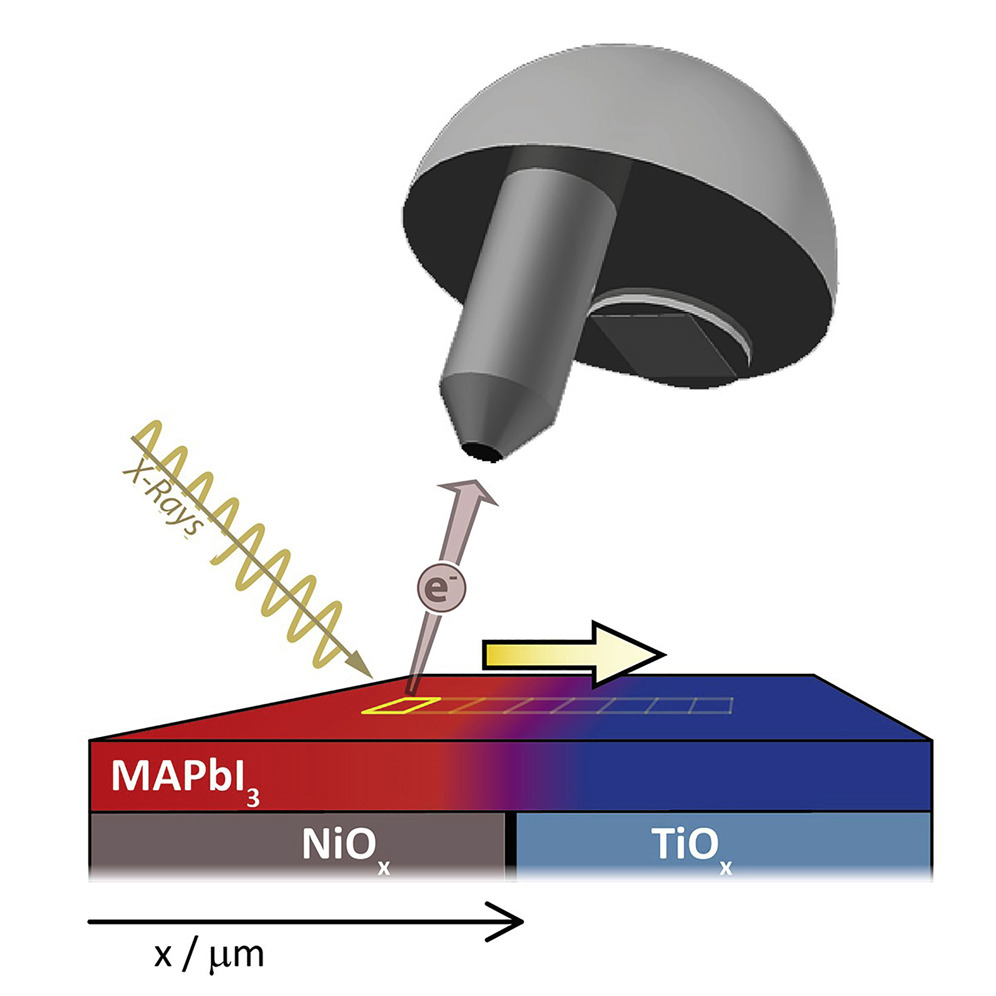Science Direct
- Perovskite
Carrier gradients and the role of charge selective contacts in lateral heterojunction all back contact perovskite solar cells
Authors Sean P. Dunfield, Aleksandra Bojar, Stefania Cacovich, Mathieu Frégnaux, Talysa Klein, Rosemary Bramante, Fei Zhang, Davide Regaldo, Vincent Dufoulon, Jean-Baptiste Puel, Glenn Teeter, Joseph M. Luther, Muriel Bouttemy, Dennis Nordlund, Kai Zhu, David T. Moore, Maikel F.A.M. van Hest, Jean-Paul Kleider, Joseph J. Berry, Philip Schulz
Abstract
Realizing photovoltaic devices that achieve the full potential of the metal halide perovskite material will require improved insight regarding the role of selective contacts and how key interfaces operate when mobile defects are present. However, measuring interface properties in typical device stacks where the perovskite layer is thin and sandwiched between two contacts has been a challenge. Here, we fabricate p-i-n and p-n lateral heterojunctions with nickel oxide/titanium oxide all back contacts, permitting us to employ a comprehensive analysis approach, including ultraviolet and X-ray photoemission spectroscopy (UPS/XPS), angle-resolved X-ray absorption spectroscopy (XAS), Kelvin probe force microscopy (KPFM), surface photovoltage (SPV), hyperspectral imaging (HSI), and time-resolved fluorescence lifetime imaging microscopy (TR-FLIM) to discern the role of selective contacts. Specifically, we tune the selectivity of the contacts, changing the gradient in the carrier concentration across the surface of the active layer, which is connected to carrier extraction at the buried interface, and thus the device functionality.

